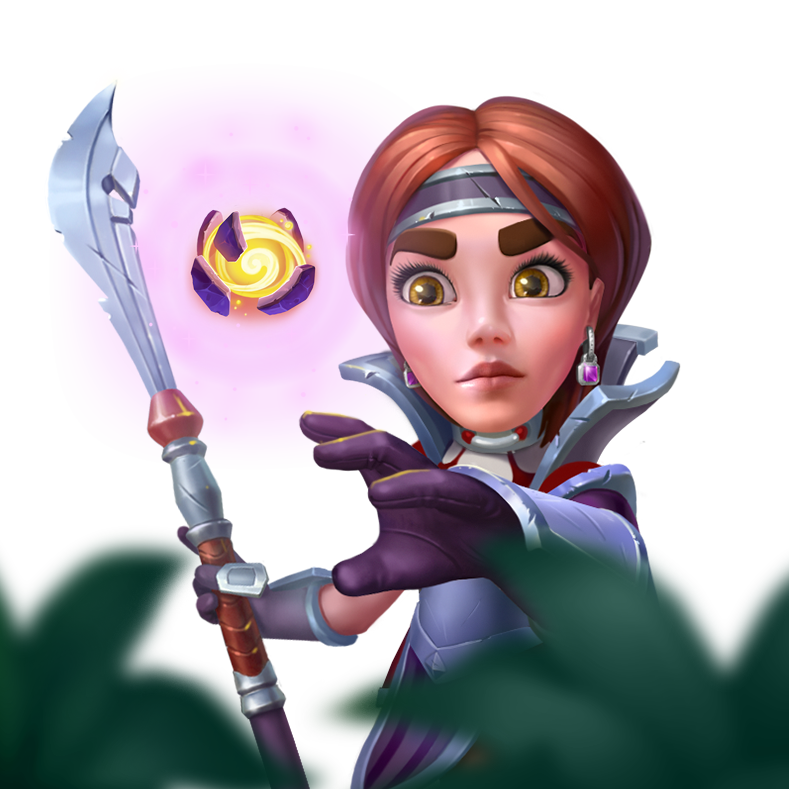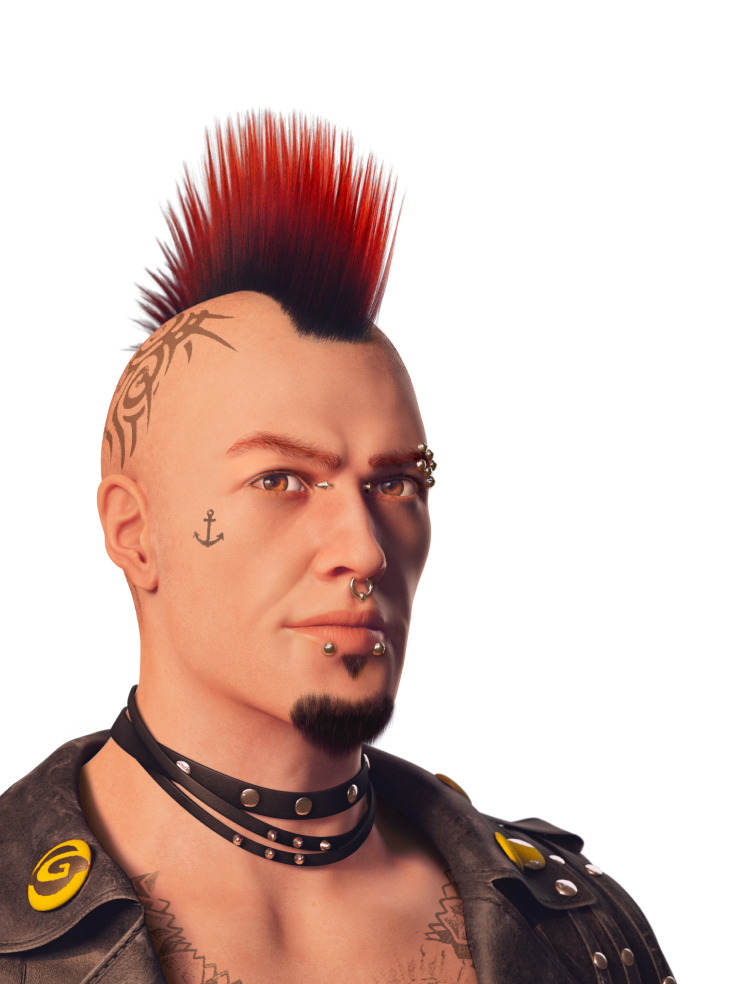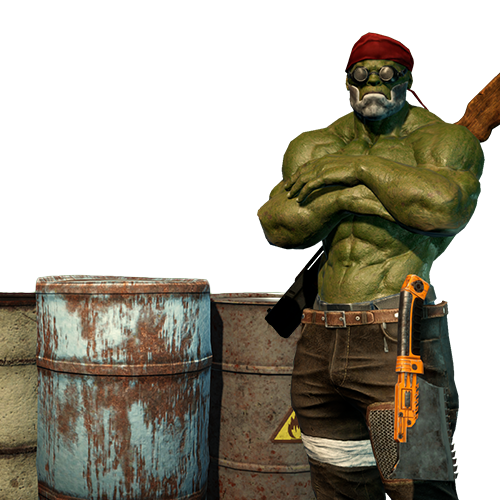Intro
Build and design your country Bingo house, and renovate the mansion, including its garden and characters’ home. Polish your interior, landscape, and garden design skills.
Galaxy4Games has a self-made metagame module that includes all the instruments to implement a decoration and scenario metagame in any project. The main blocks are the building’s controller, action system, and waypoint system.

Our Contribution
Challenges & Goals
For a profitable game, it’s important to have not just a good core game and monetization but also well-working LiveOps and flexible tools for launching new content regularly and promptly when needed. So, we wanted to make a tool for technical artists and game designers, allowing them to work on story and content implementation easily. They should be able to do actions like adding/removing characters, launching animation, changing building skin, playing sound, changing light in the scene, launching/finishing dialogs, etc.
Working on locations, we think about optimization and combining art atlases. In this case, we must consider positioning art on the scene to control draw calls. This added additional limitations for waypoint positioning. All the late content should be separated and loaded from addressable.
Solutions & Expertise
The first solution we implemented was an action system. It’s the primary system that consists of various actions. Based on it and the design documents, the development team implemented the main actions for a game designer to allow him to implement a storyline in the game.
Actions can wait for the finish of previous ones, launch in parallel, and communicate with different game controllers such as characters, locations, buildings, cameras, etc.

The action system can also control the game camera’s day/night effects and random non-playable character behavior.
A unique structure was prepared to control building skins. It allows users to control the camera scale and position while customizing and launching specific animations and spam particles for different states and transitions.
The last issue regarding waypoints and performance was solved by projecting 3D waypoints to a 2D orthographic camera from the logic side. In this case, technical artists can place waypoints anywhere in the location to avoid intersections and overlaps but control character speed based not on the distance between two points but on the distance between their projections.








